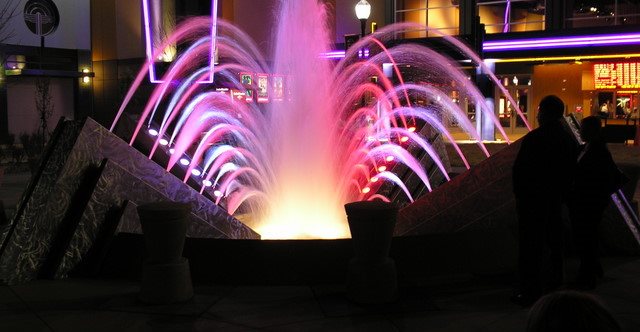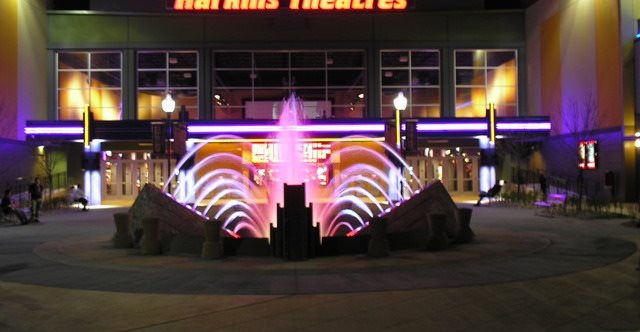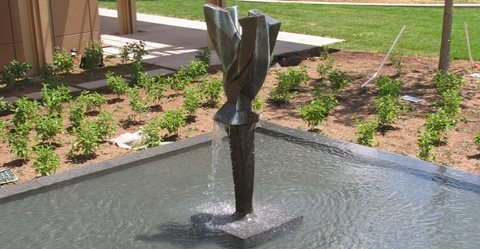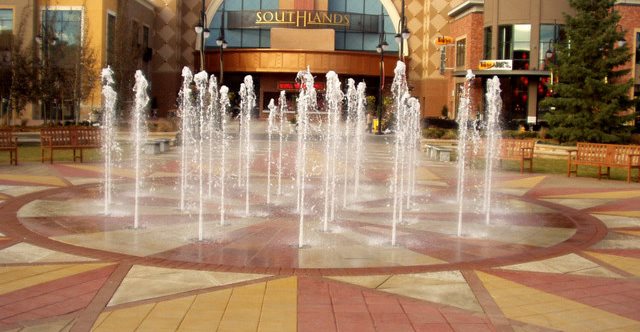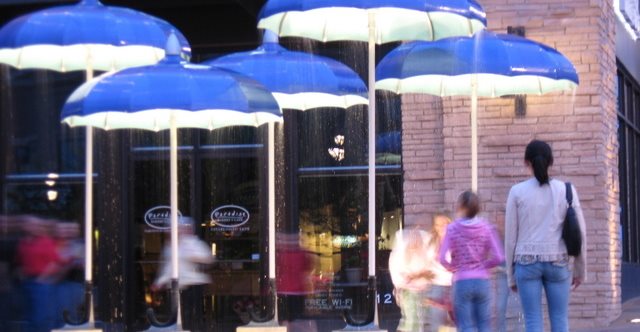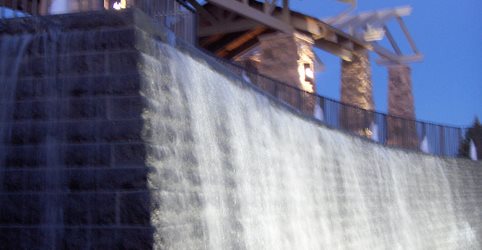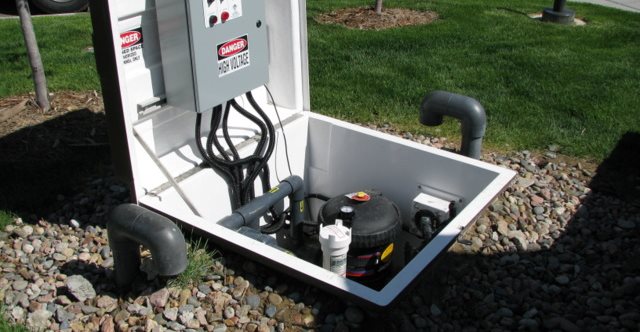- Outdoor Living and Backyard Ideas Home
- Top trends in outdoor concrete design
- Outdoor room checklist (PDF)
- Fire Pit or Fireplace?
- Ways to Enhance Outdoor Rooms
- Outdoor fireplaces
- Fire pits
- Outdoor kitchens and countertops
- Seat walls
- Outdoor Concrete Furniture
- Concrete planters
- Backyard Landscaping with Concrete
- Concrete patios
- Landscape borders
- Stairs and steps
- Concrete walkways
- Concrete garden bridges
- Water features
- Architectural accents
- Concrete statuary
- Backyard Landscaping: Get more ideas from LandscapingNetwork.com
- Backyard Recreation Options
- Concrete pool decks: Design and layout tips
- Concrete tennis courts: Planning and construction
- Other Resources
- Outdoor Decorative Floors
- Free Outdoor Living Catalog
Water Feature Design
How Design, Engineering, and Construction Affect Their AppealThe sights and sounds of water lure on-lookers into their aura in a way quite unlike any other feature does. Purely utilitarian water features, such as drinking fountains and drainage ditches, entice us into their spheres, but artistic water features captivate us in conscious and sub-conscious ways that quench not only our physical dryness, but also an aridness deep within our psyche. What goes into the engineering, design, and construction of water features that have that appeal?
ClimateWhen designing an artistic water feature, one of the first considerations centers on climate. In Colorado, we experience freeze/thaw situations starting as early as September and continuing sporadically into May. Designers will need to determine their intended visual effect and plan accordingly. Frozen moving water can add to the desired ambiance, but things such as heating the water, the basin, or the pipes need to be considered to avoid the risk of damaged pipes and structures.
LocationLocation plays as key a role in water features as it does in the price of real estate. Adjacent trees attract birds and insects that contaminate water and clog filters. Bark and other mulch in the surrounding landscape wreak havoc with filters if finer screening is not factored into the design. Overspray from high and gusty winds needs to be contained as much as possible. The height of the spray should not be higher than its distance to the nearest edge of the container.
Questions to AskWhat visual effect will best enhance the setting of your water feature? Do you want the natural look of cascading waterfalls, surrounded by rocks? Would a creative statuary or structure make a better statement for your clientele? Are you looking for something more playful, such as water jets or sequential water displays? What lighting (if any) will you need to dramatize your feature? Choices range from fiber optic and LED lighting to freestanding or niche-mounted underwater lights.
Structural ElementsSeveral structural elements need to be considered in both design and construction. The depth of the water in the basin should not exceed 18", unless you are willing to abide by swimming pool codes. Making the water depth too shallow will result in problems with pump start up and water treatment. The thickness of the basin wall should be at least 10"-12" to accommodate skimmers. Other important elements in an optimally functioning and aesthetically pleasing feature include soil conditions and foundation types (spread footings, caissons, or helical piers) and the type of waterproofing used.
Mechanical OperationThe hidden part of every water feature, its mechanical design, determines its functionality more than any other part. Backyard features containing less-than-500-gallons, work well with simple mechanics such as submersible pumps, fountain nozzles, underwater lights, and underwater junction boxes. Larger, commercial designs often require dry-mount pumps (placed below the lowest point in the pool floor), anti-vortex suction drains, and electrical control panels, encased in underground vaults or distant mechanical rooms. For public water features, the CDC and Department of Health, as well as the local water and sanitation district, have strict guidelines for supply and drain lines and filtration and treatment systems that need specification in the design and engineering stages.
Every water feature is a unique expression of the artist who conceptualized it. It is also a concerted effort by a team of designers, engineers, and water feature contractors who work together as a team, with a clear understanding of the technical requirements and the costs involved to meet those requirements. When these elements are all in place, the results are stunning, functional, and appealing works of art that meet the high demands of the discerning eye.
Return to Water Features
